The path you take in DevOps can define your future – from the challenges you solve every day to the skills you build, the salary you earn, and the fulfillment you experience. As the need for DevOps experts skyrockets, two exciting directions are calling: which one will shape your journey ahead?
- Freelance freedom, where you pick your projects and diversify your expertise, or
- Full-time stability, with structured growth and collaboration in a corporate environment.
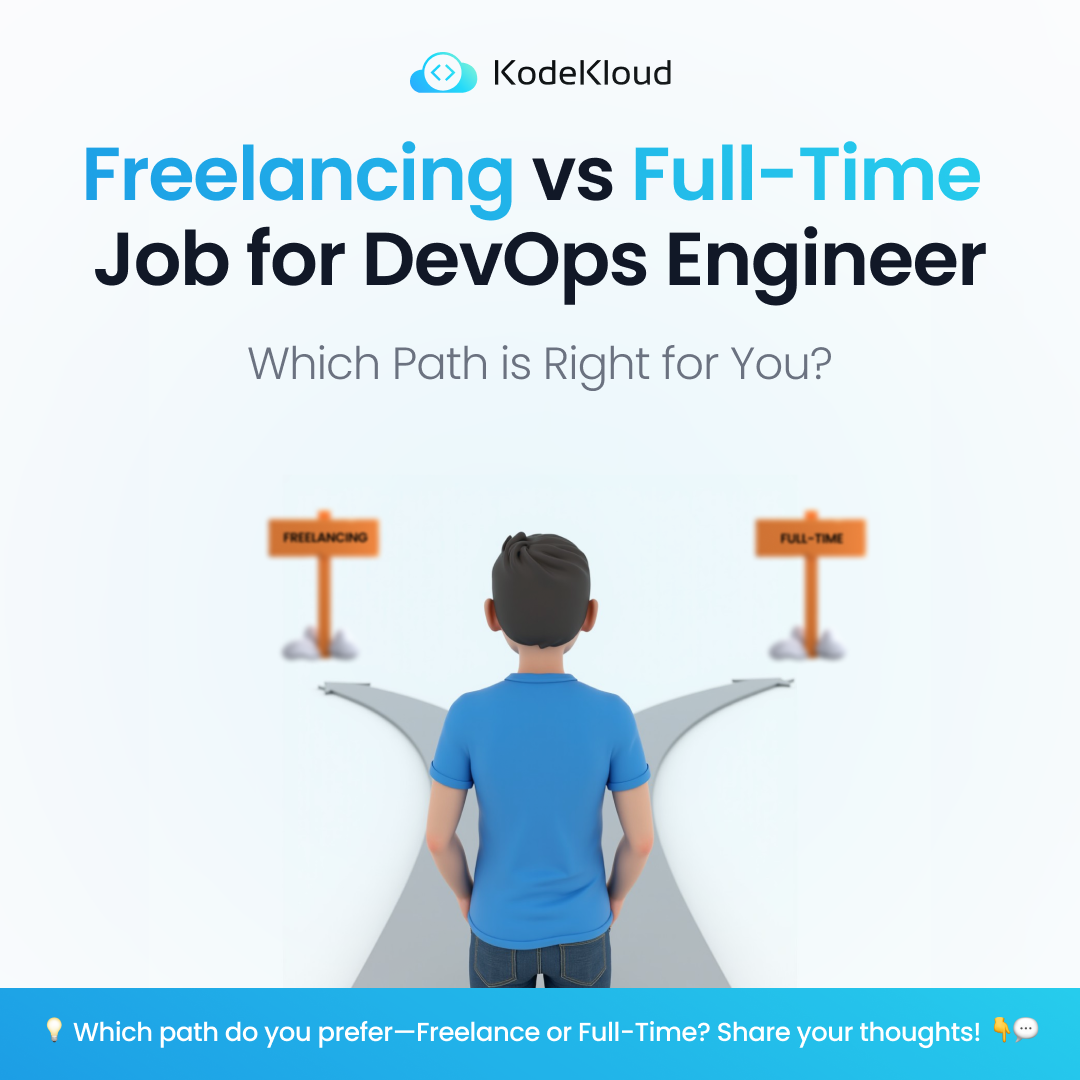
And guess what? There’s also a hybrid path, where you can balance the best of both worlds—earning while you learn. So, which one suits you? Let’s dive into the options, explore the pros and cons, and provide real-world, actionable tips to help you make an informed choice.
Freelancing as a DevOps Engineer: Your Ticket to Flexibility and Freedom
Freelancing gives you the freedom to work on projects that excite you, choose your clients, and decide when and where to work. However, it comes with challenges like finding consistent gigs and managing multiple clients efficiently.
Select Projects That Align with Your Interests and Expertise
The ability to pick projects that align with your passion—whether it’s cloud automation, Kubernetes management, or CI/CD pipeline optimization—is one of the biggest perks of freelancing. This flexibility allows you to dive deep into areas that interest you and grow faster.
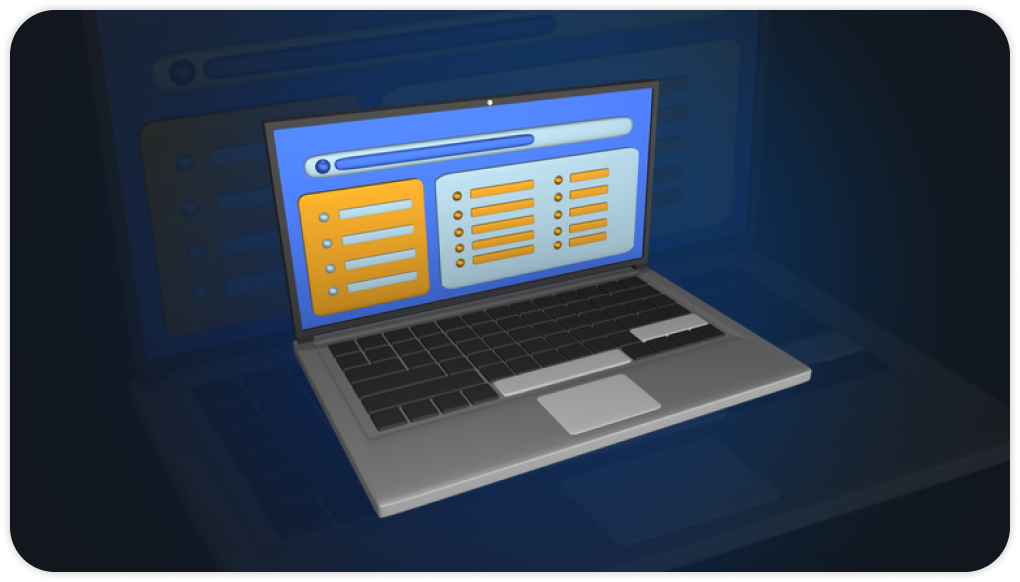
- Create profiles on platforms like Upwork or Fiverr: Start small by offering services such as Jenkins pipeline setup or cloud infrastructure audits. This will help you build your portfolio and reputation.
- Example: Automate a startup’s CI/CD pipeline for their web app, using Jenkins and Docker to streamline deployments.
- Scale as you grow: Once you gain experience and reviews, you can tackle complex projects such as multi-cloud automation with Terraform.
Broaden Your Skillset by Working with a Variety of Tools and Frameworks
Freelancers are often required to switch between tools and technologies, which provides exposure to Kubernetes, Terraform, GitOps, Jenkins, and more. This keeps your skills sharp and ensures you stay updated with industry trends.
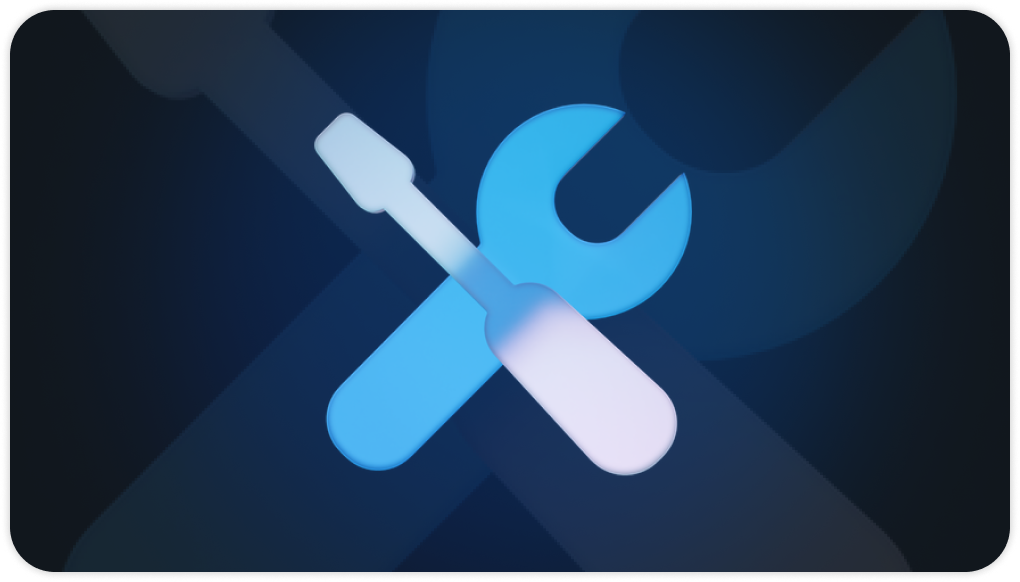
- Focus on tools you want to master: Look for projects involving high-demand tools like Kubernetes security or Infrastructure as Code.
- Example: Automate a client’s AWS infrastructure with Terraform and monitor the setup using Prometheus and Grafana.
- Track your progress: Document your work in GitHub repositories to showcase your portfolio and make yourself more appealing to future clients.
Boost Your Income with Multiple Clients
Freelancing offers the potential for higher earnings by taking on multiple projects. However, success lies in managing your time efficiently and finding a sustainable workload.

- Set competitive rates initially: Start with $15–$25 per hour, gradually increasing as you gain reviews and experience. Specialize in areas like Kubernetes consulting or cloud cost optimization to command higher fees.
- Example: Help companies reduce their cloud bills by analyzing their AWS usage and optimizing their resources.
- Use tools like Trello and Toggl: Organize projects and track time effectively to avoid missing deadlines and manage billing smoothly.
Challenge: Freelancing can lead to inconsistent work.Solution: Build an active LinkedIn presence, participate in DevOps forums, and contribute to open-source projects to attract potential clients.
Full-Time DevOps Role: Security, Stability, and Structured Growth
For those who prefer security and collaboration, a full-time role offers steady income, long-term growth, and access to learning resources. Many companies provide employee benefits that reduce stress and promote work-life balance.
Enjoy Career Growth with Certifications and Learning Opportunities
Companies often offer sponsored certifications and opportunities to work on advanced projects. This allows you to develop new skills and keep up with emerging trends in DevOps.
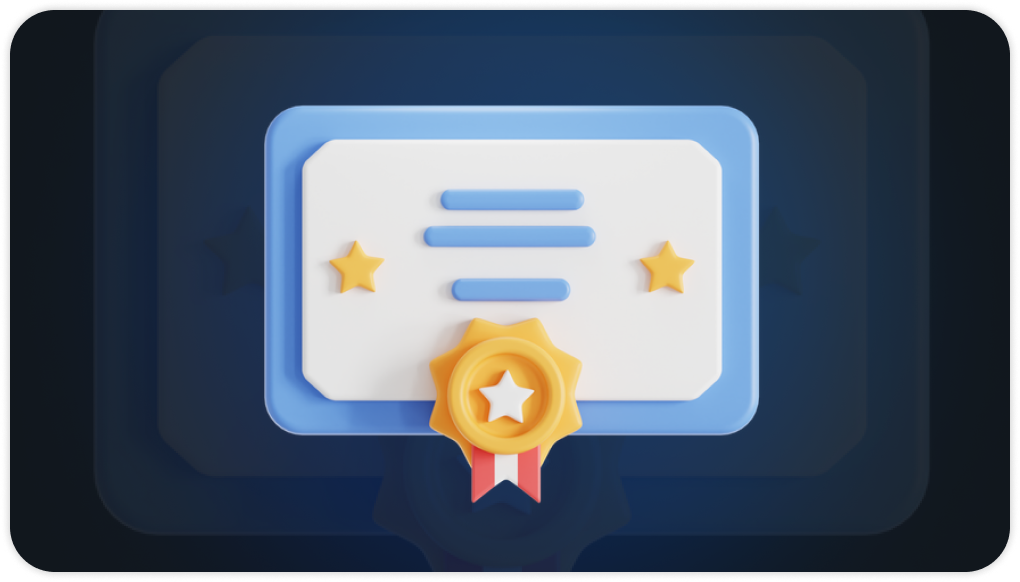
- Volunteer for impactful projects: Participate in company-wide initiatives such as cloud migration or CI/CD implementation to enhance your expertise.
- Example: Lead your team in setting up a GitOps pipeline using ArgoCD to automate deployments and improve efficiency.
- Pursue relevant certifications: Take advantage of company-sponsored programs to earn certifications like CKA (Certified Kubernetes Administrator) or AWS Solutions Architect.
Benefit from Job Security and Employee Perks
Unlike freelancing, full-time jobs offer consistent income, health insurance, paid time off, and other perks. These benefits provide financial stability and allow you to focus on personal growth.

- Plan your career path: Set short-term goals, such as mastering Terraform automation, and long-term objectives, like becoming a DevOps architect.
- Example: In six months, aim to improve cloud infrastructure automation skills, followed by learning service mesh tools like Istio.
- Rotate roles: Request to rotate across tasks involving monitoring, CI/CD implementation, and cloud securityto build a well-rounded skillset.
Learn and Grow Through Collaboration
Full-time roles provide opportunities to collaborate with cross-functional teams and learn from senior engineers. This hands-on teamwork helps improve problem-solving abilities and expand your knowledge.

- Participate in team discussions: Suggest workflow improvements or automation strategies during meetings.
- Example: Implement a Prometheus-based alerting system to proactively monitor application performance.
- Shadow senior engineers: Work alongside experienced DevOps professionals to fast-track your learning.
Hybrid Approach: Combining Freelance and Full-Time Work for Maximum Benefit
What if you don’t have to choose between freelancing and a full-time role? A hybrid approach offers the best of both worlds—financial security from a job and extra income from freelance gigs. It also gives you opportunities to explore new tools and projects without giving up the stability of full-time work.

Why the Hybrid Approach is Recommended for DevOps Engineers
Starting your career with a hybrid approach ensures stable income while expanding your skillset through freelance projects. It allows you to build a diverse portfolio and opens up future opportunities to shift into full-time freelancing if you wish.
How to Balance Freelance and Full-Time Work Effectively
Balancing freelance projects with a full-time job can feel overwhelming, but with the right approach, you can manage both without burnout. Here’s a simple plan to help you get started:
1. Start Small with Weekend Projects
Begin by working on small, manageable freelance tasks during weekends or after work hours. This will help you test the waters without overwhelming yourself.
Action Plan:
- Choose projects that align with your current skills and experience to minimize learning time.
- Example: Automate AWS Lambda functions for backups or monitoring tasks—something small enough to fit into your evenings or weekends.
- Use platforms like Upwork or Fiverr to find micro-tasks that take 2-3 hours to complete.
2. Set Clear Boundaries and Plan Your Time
Use productivity tools to plan and organize both your freelance and job-related tasks. The goal is to prevent overlap between your work responsibilities and freelance commitments.
Action Plan:
- Create a weekly schedule using Google Calendar or Notion to block time for freelance projects.
- Prioritize high-impact tasks for both your job and freelance work, focusing on deadlines.
- Use Trello or task lists to track progress and ensure nothing slips through the cracks.
3. Align Freelance Work with Your Current Job Skills
Select freelance projects that complement the tools or technologies you already use at work. This will reduce the time spent learning new things and maximize your efficiency.
Action Plan:
- If your job involves Kubernetes, Docker, or Terraform, focus on freelance gigs related to these tools.
- Take on projects that help you deepen your knowledge or explore areas you can later apply at your full-time job.
- Example: If you manage infrastructure at work, try freelance gigs involving cloud automation or DevOps pipelines.
4. Evaluate and Adjust Regularly
Balancing both roles is a continuous process, so it's important to reflect on what’s working and what isn’t.
Action Plan:
- Every month, review how much time you’re spending on each and whether your freelance projects are worth the effort.
- If you start feeling overwhelmed, scale back and focus on fewer freelance tasks.
By starting small, planning ahead, and aligning projects with your strengths, you can successfully balance freelance work with a full-time job—without sacrificing quality or well-being.
4o
Benefits of the Hybrid Approach
- Extra income for certifications or personal projects: Freelance work can cover the cost of certifications like CKA or fund personal ventures.
- Skill diversification: Working with clients exposes you to tools and challenges outside your full-time role, keeping your skills sharp.
- Example: Implement Kubernetes security policies using tools like Falco for freelance clients.
- Reduced career risk: A full-time job ensures financial stability, giving you the freedom to explore freelance work without stress.
Which Path is Right for You?
Choosing between freelancing, a full-time job, or a hybrid approach can be tricky. Here's an easy way to figure out what might work best for you.

1. Freelance:
If you enjoy the freedom to choose your own projects and work from anywhere, freelancing might be the right fit. It offers higher earning potential, but building a solid network is essential to succeed.
How to get started:
- Try freelancing part-time first to see if it’s for you.
- Use platforms like Upwork or Fiverr to find initial projects.
- Focus on building connections with clients and other freelancers.
2. Full-Time Job:
Do you prefer stability, teamwork, and a predictable routine? A full-time role can offer job security and long-term career growth with a clear path forward.
How to get started:
- Look for companies with cultures that align with your values.
- Develop in-demand skills in your field to make yourself a strong candidate.
- Attend job fairs and network with industry professionals.
3. Hybrid Approach:
Not sure which to choose? Start with a hybrid approach! This means keeping your full-time job while exploring freelance opportunities in your spare time. It gives you stability while letting you explore new skills and earn extra income.
How to get started:
- Set aside a few hours each week to work on freelance projects.
- Pick simple gigs that align with your current job skills.
- Over time, assess which path gives you more satisfaction and growth.
This method allows you to experiment and see which lifestyle works best for you—whether it's the freedom of freelancing, the structure of a full-time job, or a mix of both. Just take small steps and adjust as you go!
Final Thoughts: Take Charge of Your DevOps Career
Whether you decide to freelance, pursue a full-time role, or start with a hybrid approach, the key to success lies in continuous learning and networking. Stay updated with industry trends, engage with the DevOps community, and always look for new challenges to grow.
The field of DevOps engineering offers many exciting opportunities. Choose the path that suits you, take action, and start building a future you’ll be proud of—beginning today!
Explore our latest Facebook infographic on Freelancing vs. Full-Time Job for DevOps Engineers – Which Path is Right for You? : https://www.facebook.com/share/p/8M7bWQjTnYm3zrQn/




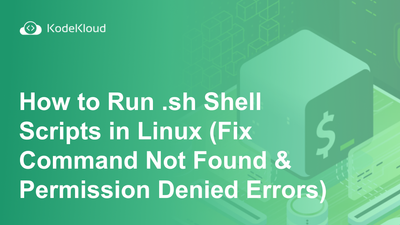


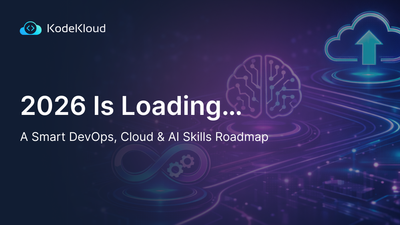
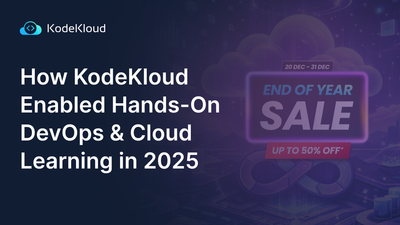
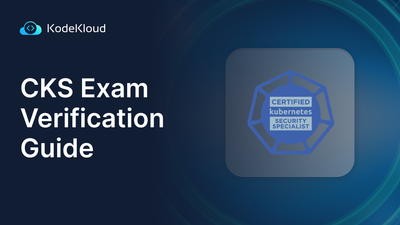


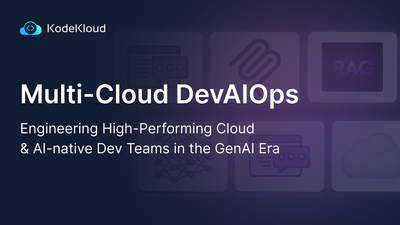


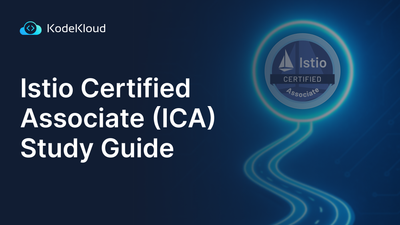


Discussion